
Published: Sep 28, 2024
How to Write a Killer Business Plan for Your Online Biz in 2024
How to Write a Killer Business Plan for Your Online Biz in 2024
Hey there, future online biz mogul! Elena Martinez here 🙋♀️, your personal guide to crafting the ultimate roadmap to ecommerce glory. I’ve been around the online block a time or two (or ten 😉), and let me tell ya, a solid business plan is your secret weapon. So, put on your entrepreneur hat, grab a coffee ☕, and let’s dive into the wild world of online business planning!
TLDR: What exactly goes into an online business plan, and how do I make sure mine stands out?
1️⃣ What are the key components of an online business plan?
A stellar online business plan includes an executive summary, company description, market analysis, org structure, product lineup, marketing plan, and financial projections. It’s like a delicious 7-layer dip for your biz!
2️⃣ How do I make my online business plan unique?
To make your plan pop, focus on your unique value prop, target audience, and competitive edge. Sprinkle in some personality, back it up with solid research, and paint a picture of your online domination!
3️⃣ What’s the best way to present my online business plan?
Keep it concise, visually appealing, and easy to digest. Use charts, graphs, and a clean layout. And don’t forget the power of storytelling - hook ‘em with your passion and vision!
Table of Contents
- 7 Essential Components of Your Online Business Plan
- Conducting Market Research for Your Online Biz
- Bringing Your Online Business Plan to Life
- Why You Need an Online Business Plan
- Crafting Your Unique Value Proposition
7 Essential Components of Your Online Business Plan
Let’s break down the key ingredients of a killer online business plan. These seven components will give you a solid foundation for your digital empire:
1. Executive Summary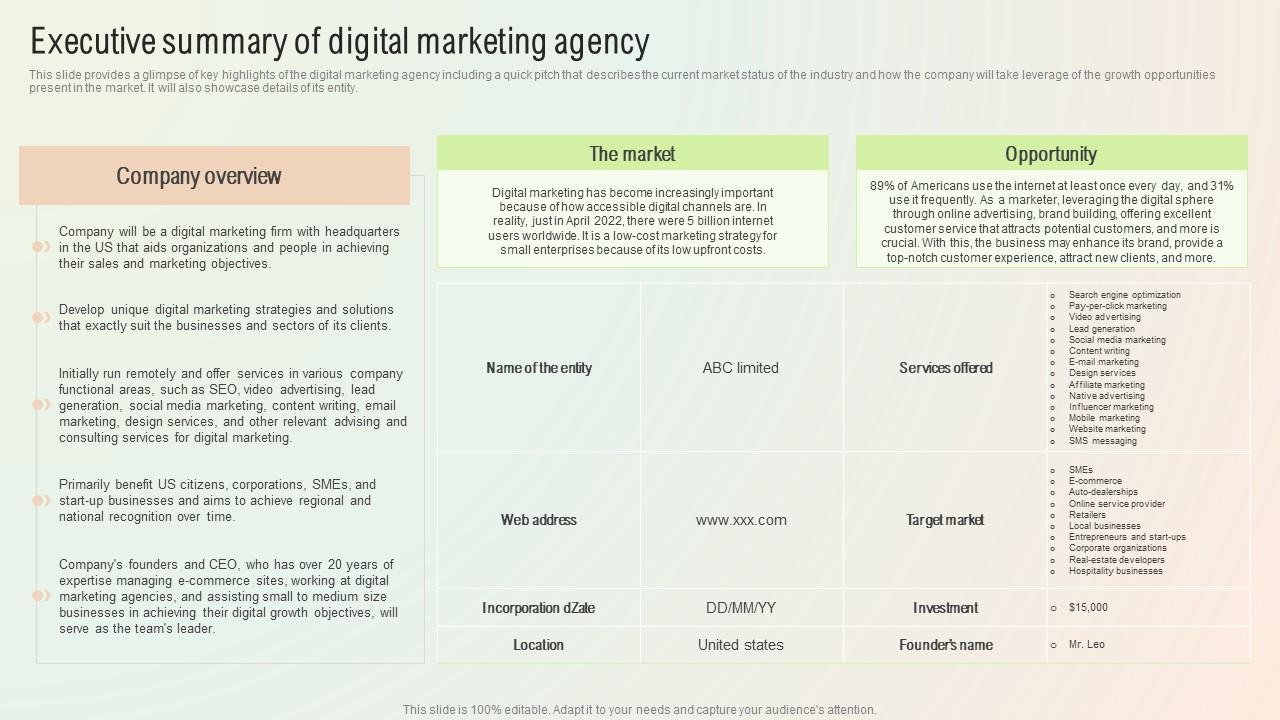
Think of this as your elevator pitch on steroids. It’s a quick snapshot of your entire plan, highlighting:
- Your business concept
- What problem you’re solving
- Your target market
- Your unique selling proposition
- Financial projections
- Funding needs (if any)
Keep it short and punchy - no more than a page. You want to hook readers and make them hungry for more.
2. Company Description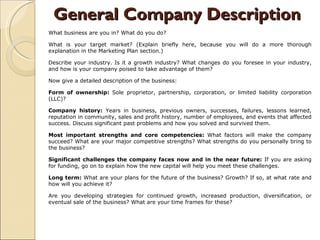
Here’s where you paint a vivid picture of your online business. Include:
- Your mission statement
- Company values
- Legal structure (LLC, corporation, etc.)
- Team members and their roles
- Your “origin story” - what inspired you to start this biz?
Don’t be afraid to let your personality shine through. Remember, you’re not just selling a product - you’re selling yourself and your vision.
3. Market Analysis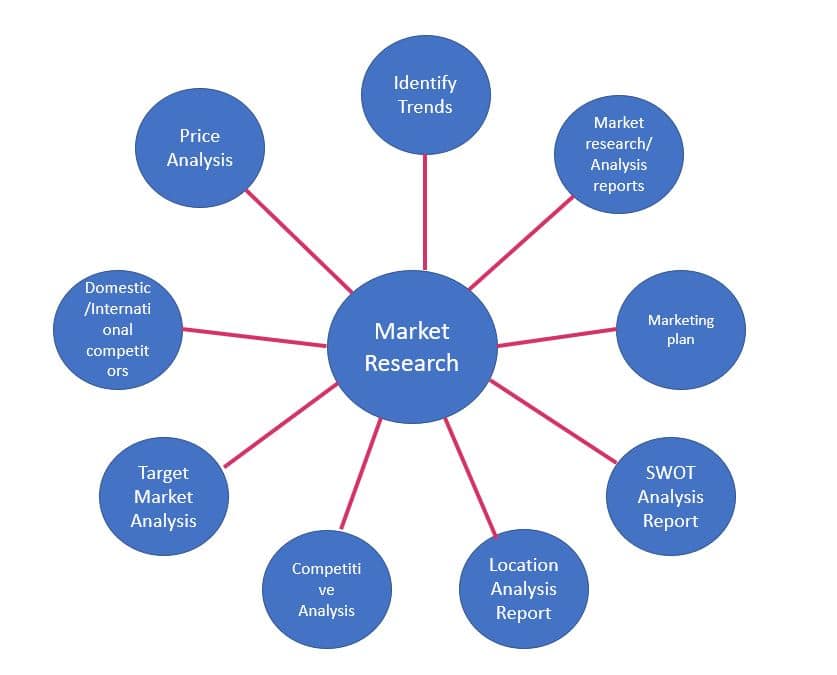
Time to show off your research chops. Dive into:
- Industry trends and growth potential
- Your target market (demographics, psychographics, etc.)
- Competitor analysis
- Your competitive advantage
Use data to back up your claims. Tools like Google Trends and SEMrush can be goldmines for market insights.
4. Organization and Management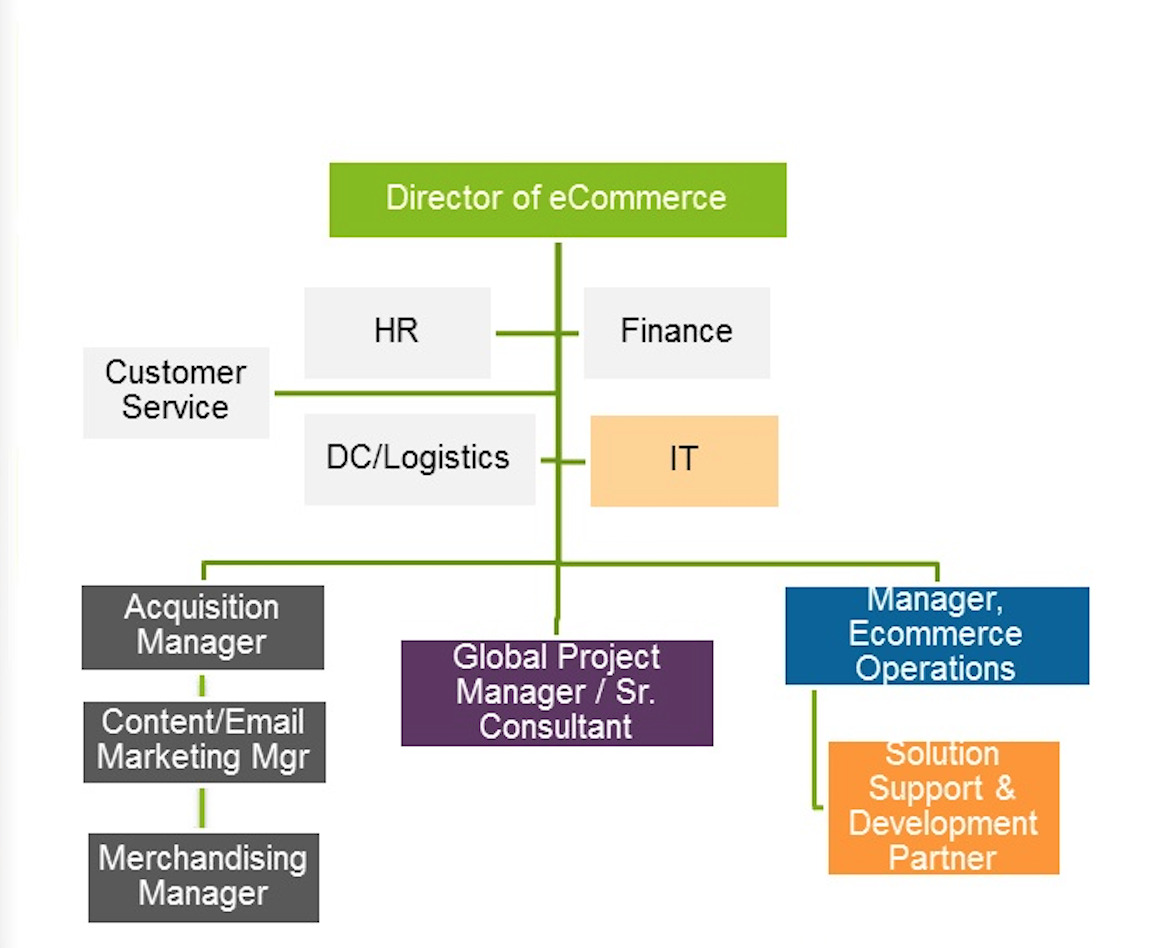
Even if you’re a one-person show, outline your business structure:
- Organizational chart
- Key team members and their expertise
- Advisory board or mentors
- Outsourced functions (e.g., accounting, fulfillment)
If you’re flying solo, talk about your plans to scale and when you’ll bring on help.
5. Products and Services
Get specific about what you’re selling:
- Detailed product descriptions
- Pricing strategy
- Production process (if applicable)
- Intellectual property info (patents, trademarks)
- Future product roadmap
Include visuals like product mockups or prototypes. If you’re in SaaS, showcase your user interface.
6. Marketing and Sales Plan
How will you get the word out and convert browsers into buyers?
- Marketing channels (social media, content marketing, PPC, etc.)
- Sales funnel strategy
- Customer acquisition costs
- Retention strategies
- Partnerships or affiliate programs
Don’t forget about post-purchase marketing. Happy customers are your best brand ambassadors.
7. Financial Projections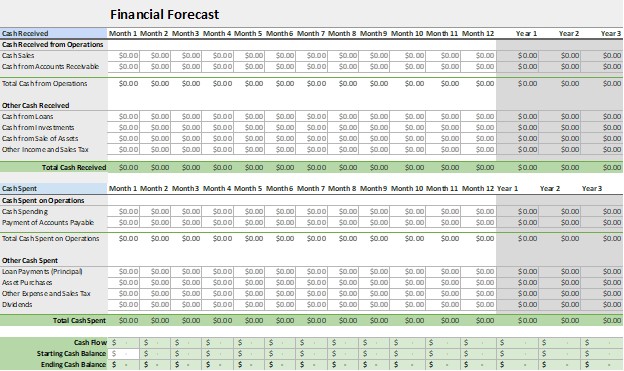
Numbers time! Be realistic but optimistic:
- Startup costs
- Monthly burn rate
- Revenue projections (3-5 years)
- Break-even analysis
- Cash flow statement
- Balance sheet
- Profit and loss statement
Use tools like LivePlan or PlanGuru to create professional financial forecasts.
Remember, your business plan is a living document. Revisit and revise it regularly as your online biz grows and evolves. Now go forth and conquer the digital world!
Conducting Market Research for Your Online Biz
Alright, let’s dive into the nitty-gritty of market research for your online business. This step is crucial - it’s like putting on your detective hat and uncovering all the juicy details about your industry, customers, and competitors. Trust me, the insights you’ll gain here will be worth their weight in gold.
Primary Research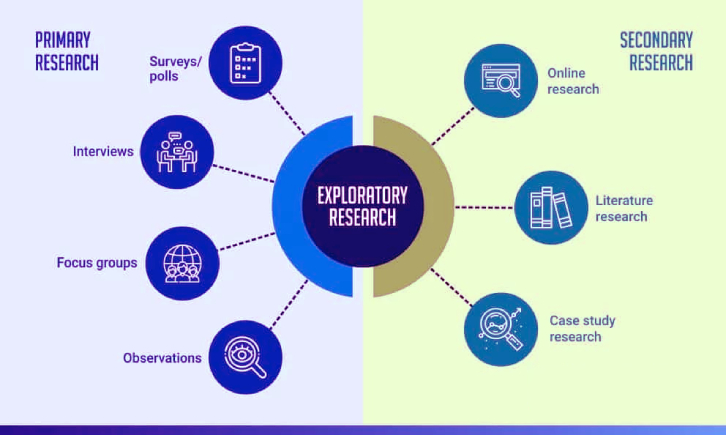
This is where you get up close and personal with your potential customers. Here are some ways to gather firsthand info:
Online Surveys
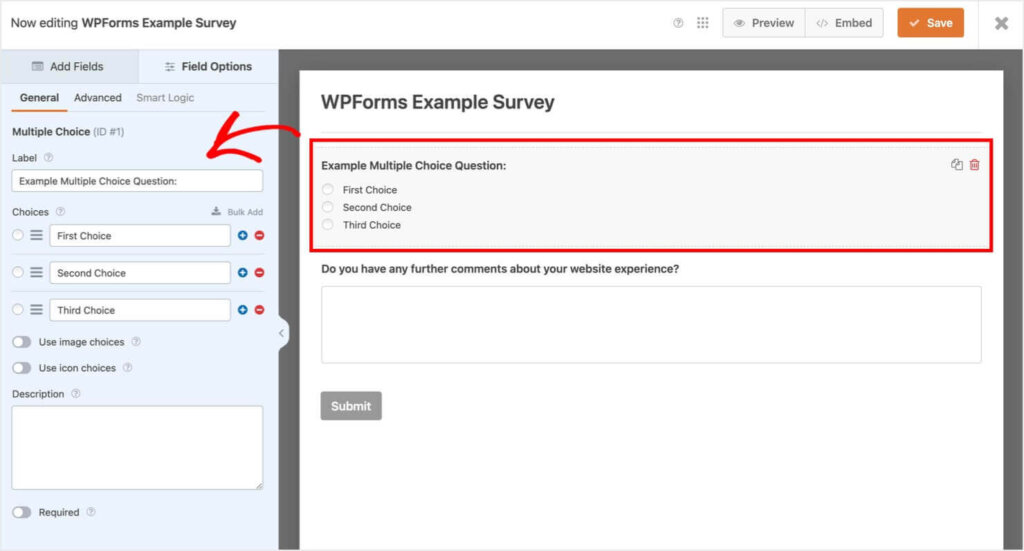 Tools like SurveyMonkey or Google Forms are great for quick feedback. I once used a survey to test pricing for a new product line and was shocked to find customers were willing to pay 30% more than I initially planned!
Tools like SurveyMonkey or Google Forms are great for quick feedback. I once used a survey to test pricing for a new product line and was shocked to find customers were willing to pay 30% more than I initially planned!Focus Groups
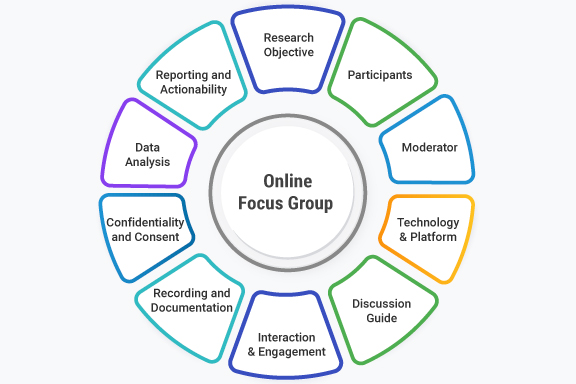 Gather a small group of your target audience and pick their brains. Virtual focus groups work well for online businesses.
Gather a small group of your target audience and pick their brains. Virtual focus groups work well for online businesses.Customer Interviews: One-on-one chats can reveal gold nuggets of info. I learned about a huge pain point in my industry just by chatting with a frustrated customer over coffee.
Secondary Research
Time to dig into existing data and reports. Here’s where to look:
Industry Reports Sites like IBISWorld or Statista offer in-depth industry analysis. They’re pricey but often worth the investment.
Government Data
 The U.S. Census Bureau and Bureau of Labor Statistics are treasure troves of free demographic and economic data.
The U.S. Census Bureau and Bureau of Labor Statistics are treasure troves of free demographic and economic data.Trade Publications
 Subscribe to key magazines or journals in your niche. They often publish trend reports and industry forecasts.
Subscribe to key magazines or journals in your niche. They often publish trend reports and industry forecasts.
Competitor Analysis
Know thy enemy, right? Here’s how to scope out the competition:
Website Analysis: Use tools like SimilarWeb to peek at your competitors’ traffic sources and engagement metrics.
Social Media Monitoring
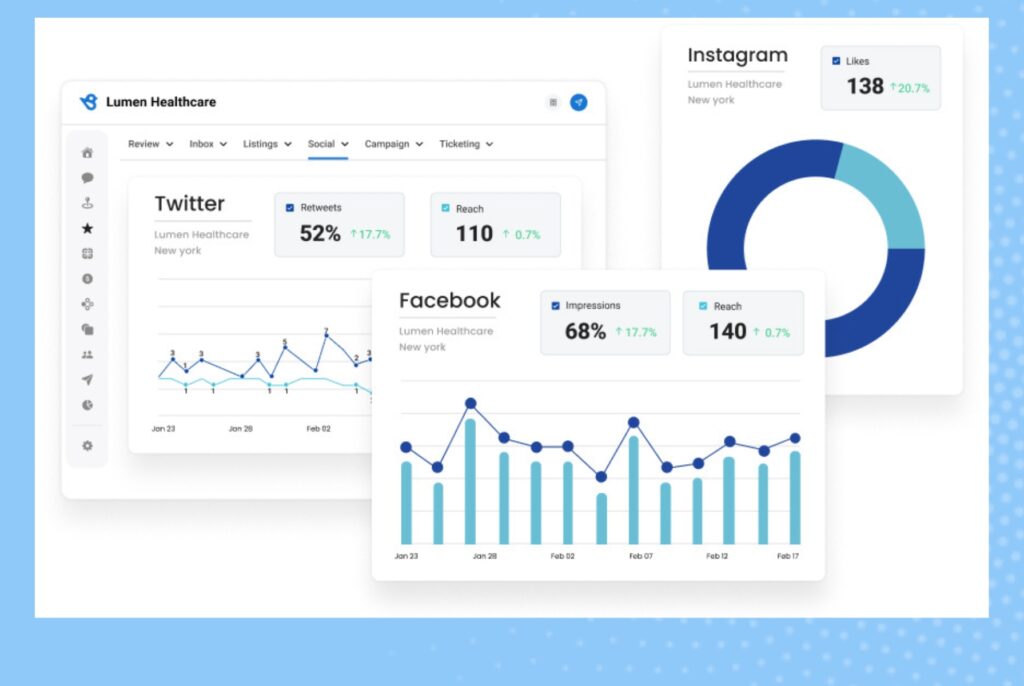 Follow your competitors on social platforms. What content resonates with their audience? What complaints do customers have?
Follow your competitors on social platforms. What content resonates with their audience? What complaints do customers have?SWOT Analysis
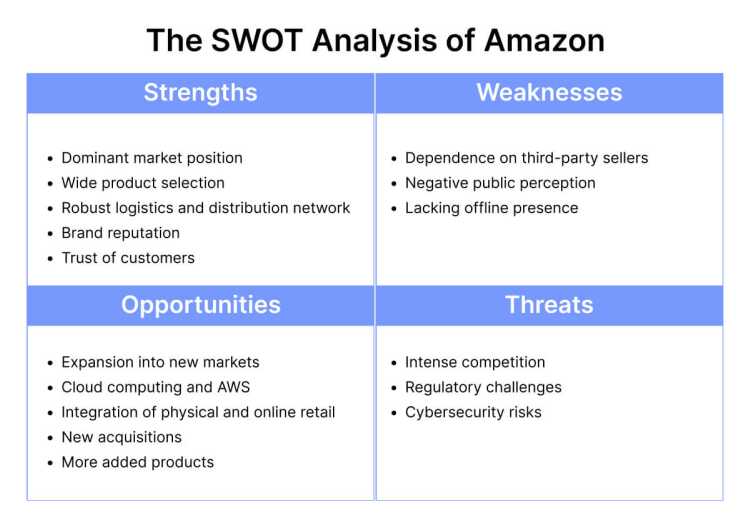 Break down each competitor’s Strengths, Weaknesses, Opportunities, and Threats. This exercise can reveal gaps in the market you can fill.
Break down each competitor’s Strengths, Weaknesses, Opportunities, and Threats. This exercise can reveal gaps in the market you can fill.
Target Market Identification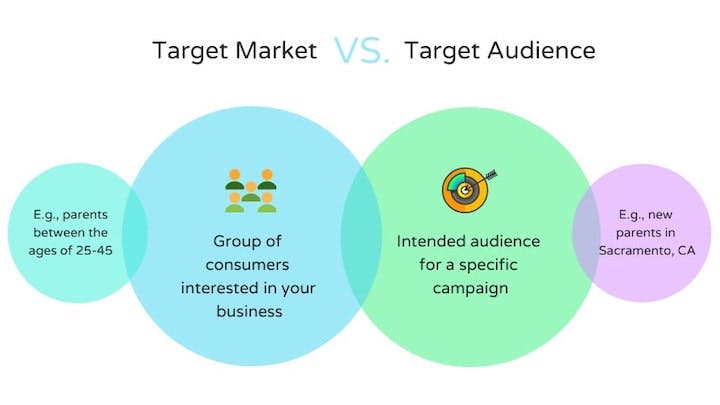
Now, let’s zoom in on your ideal customer:
Demographics
 Age, gender, income, location - get specific. My target for a tech accessory line? 25-34 year old urban professionals earning $75k+.
Age, gender, income, location - get specific. My target for a tech accessory line? 25-34 year old urban professionals earning $75k+.Psychographics
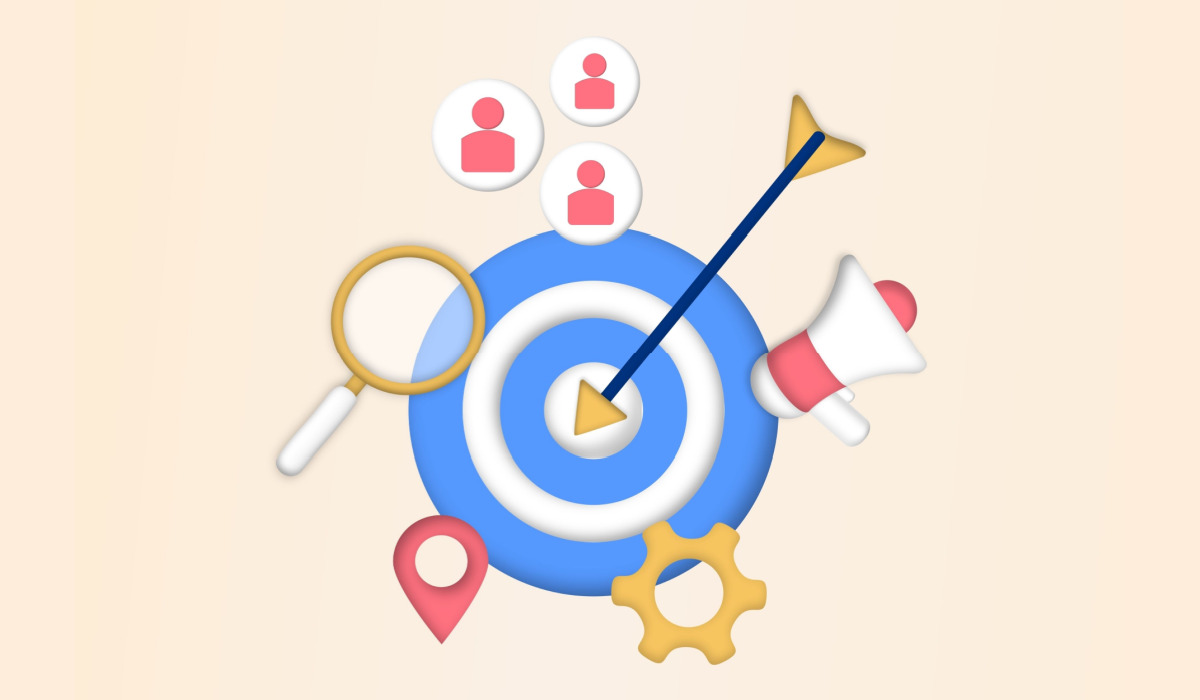 Dig into their lifestyle, values, and behaviors. Are they early adopters? Eco-conscious? Status-driven?
Dig into their lifestyle, values, and behaviors. Are they early adopters? Eco-conscious? Status-driven?Pain Points: What problems are they desperate to solve? This is where your product or service comes in!
Market Sizing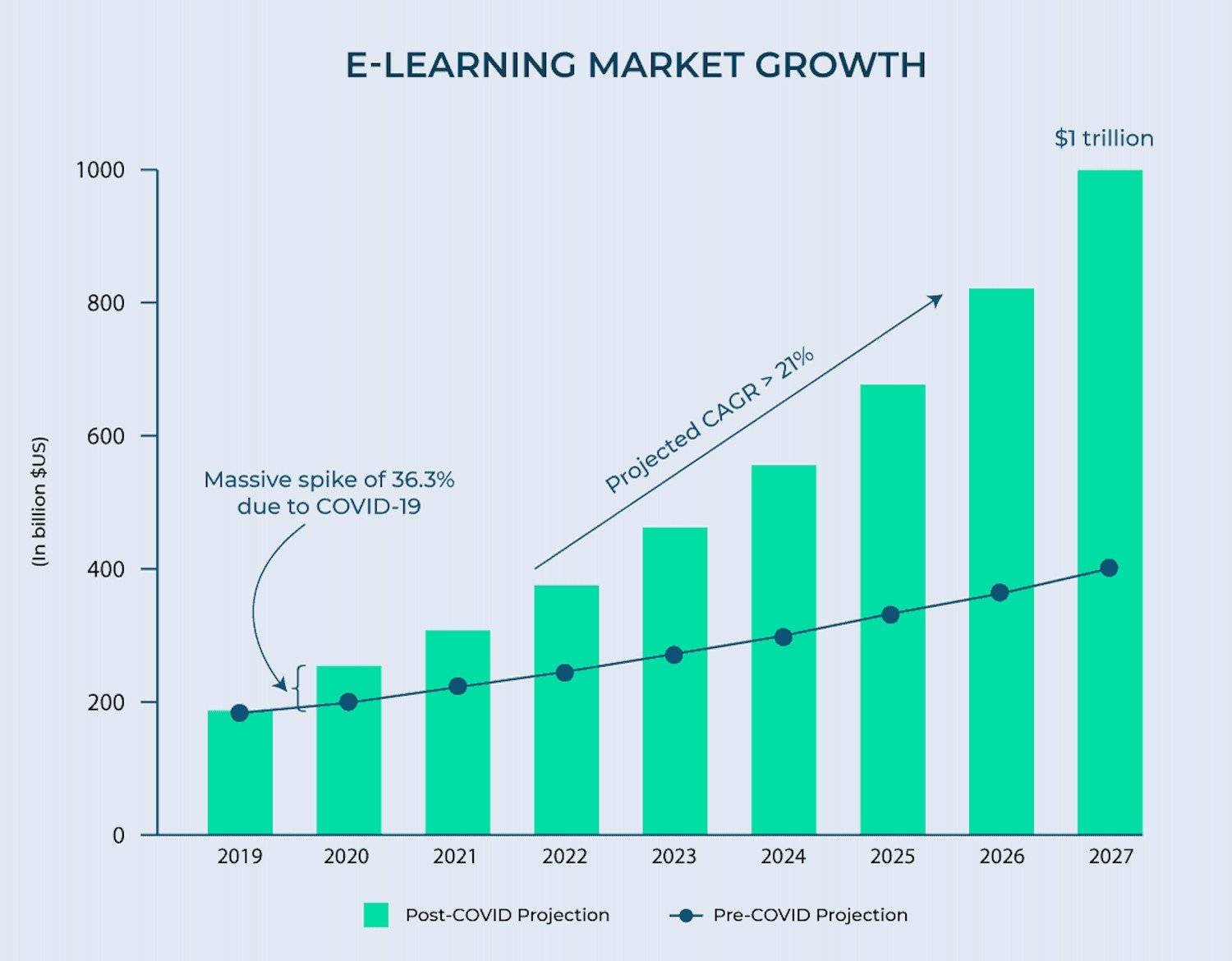
Time to crunch some numbers:
Total Addressable Market (TAM)
 The total market demand for your product or service.
The total market demand for your product or service.Serviceable Available Market (SAM)
 The portion of TAM you can realistically reach with your business model.
The portion of TAM you can realistically reach with your business model.Serviceable Obtainable Market (SOM)
 The portion of SAM you can capture in the near term.
The portion of SAM you can capture in the near term.
Remember, it’s better to dominate a niche than to be a small fish in a massive pond. When I launched my first ecommerce store, I focused on a tiny slice of the fashion market - sustainable workout wear for petite women. Narrow? You bet. But it allowed me to really own that space.
Trend Analysis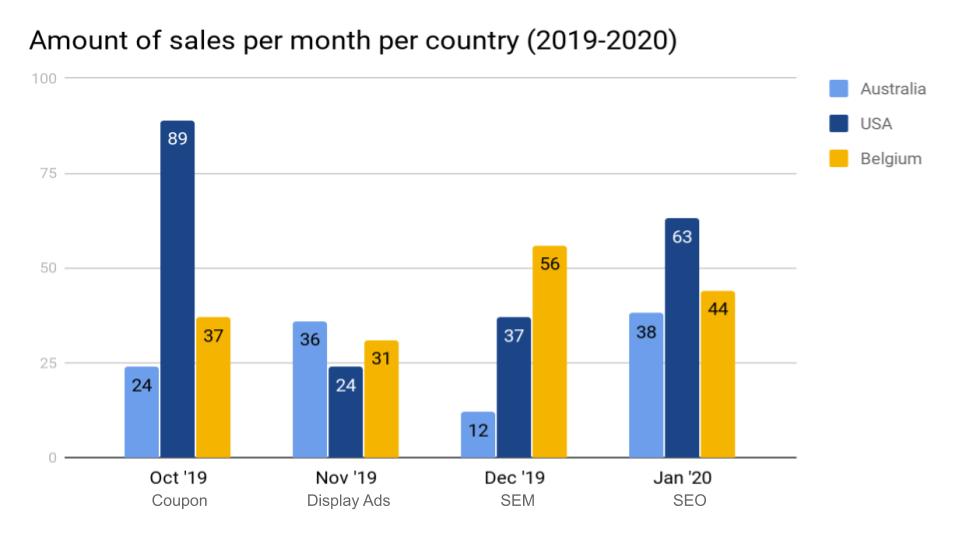
Stay ahead of the curve by tracking:
Google Trends
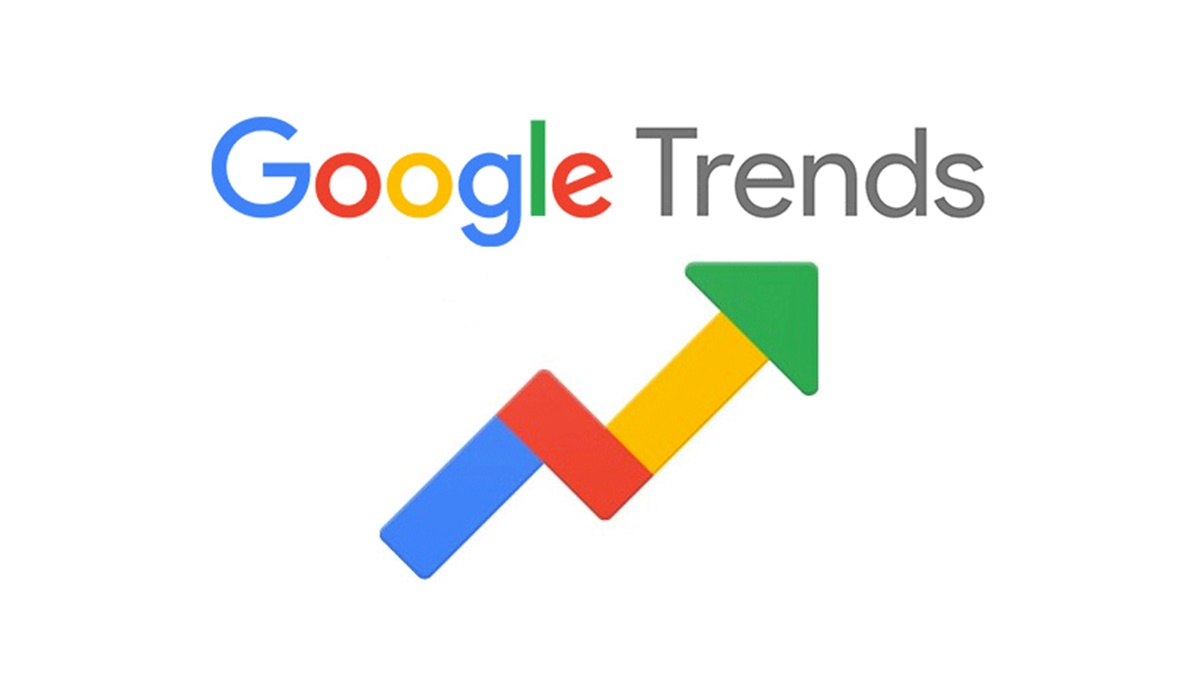 See what people are searching for in real-time. This tool helped me spot the rising interest in “blue light glasses” before it exploded.
See what people are searching for in real-time. This tool helped me spot the rising interest in “blue light glasses” before it exploded.Social Listening
 Tools like Mention or Hootsuite can track conversations about your industry across social media.
Tools like Mention or Hootsuite can track conversations about your industry across social media.Product Hunt
 Great for spotting emerging tech products and features your customers might soon expect.
Great for spotting emerging tech products and features your customers might soon expect.
Remember, market research isn’t a one-and-done deal. Make it a habit to regularly pulse-check your industry and customers. The online world moves fast, and staying informed is key to staying ahead. Now go forth and research like a boss!
Bringing Your Online Business Plan to Life
Now that you’ve got your killer business plan ready, it’s time to turn those ideas into reality. Let’s dive into how to breathe life into your online business plan and get your digital empire up and running.
Business Model Canvas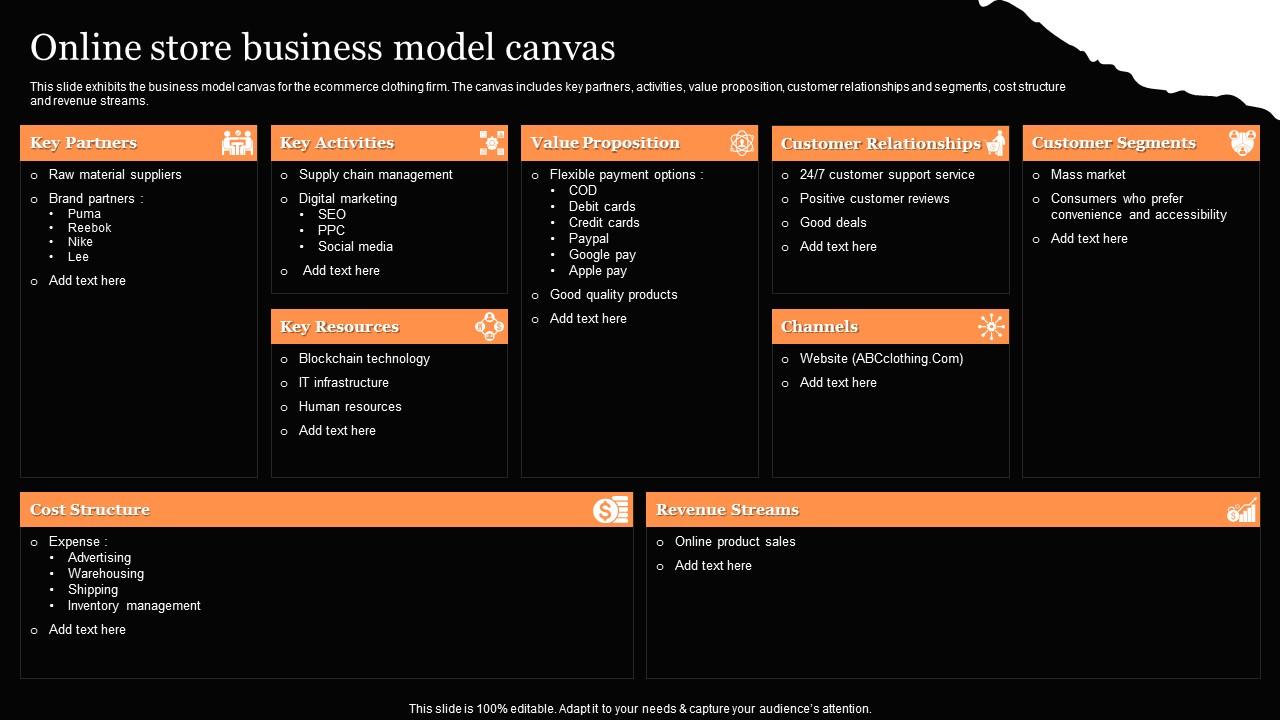
Start by creating a visual representation of your business model. This one-page document helps you see the big picture and how all the pieces fit together. Key elements include:
- Value proposition
- Customer segments
- Revenue streams
- Key activities
- Key resources
I used this tool when launching my eco-friendly pet supplies store. It helped me spot gaps in my initial plan and refine my strategy before going live.
Minimum Viable Product (MVP)
Don’t wait for perfection. Launch with a basic version of your product or service to test the market. This approach lets you:
- Gather real customer feedback
- Validate your business idea
- Start generating revenue sooner
When I launched my first online course, I started with a simple PDF guide and weekly group coaching calls. This MVP helped me refine the content before investing in a full-blown video course.
Ecommerce Platform Selection
Choose the right platform to build your online store. Popular options include:
- Shopify
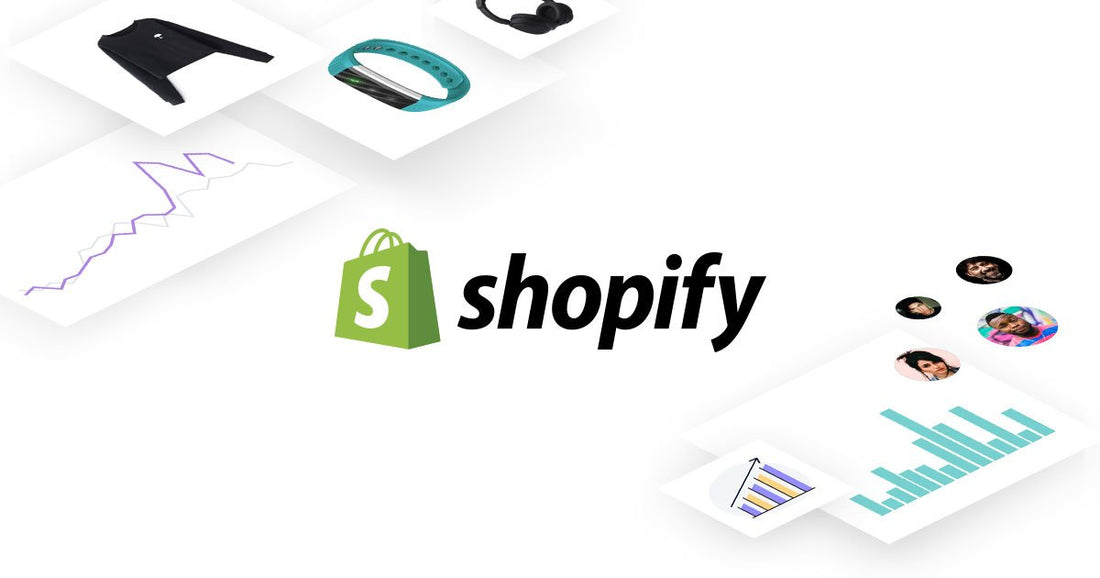 Great for beginners, with lots of built-in features
Great for beginners, with lots of built-in features - WooCommerce Flexible option for WordPress users
- BigCommerce Robust platform for scaling businesses
Consider factors like ease of use, customization options, and scalability when making your choice.
Digital Marketing Strategy
Map out how you’ll attract and convert customers online:
- Search Engine Optimization (SEO)
 Optimize your site to rank well in search results
Optimize your site to rank well in search results - Content Marketing Create valuable content to attract and engage your target audience
- Social Media Marketing Build a presence on platforms where your customers hang out
- Email Marketing Nurture leads and build customer relationships
Don’t try to do it all at once. Pick 1-2 channels to focus on initially and expand as you grow.
Analytics and Metrics
Set up tools to track your progress:
- Google Analytics
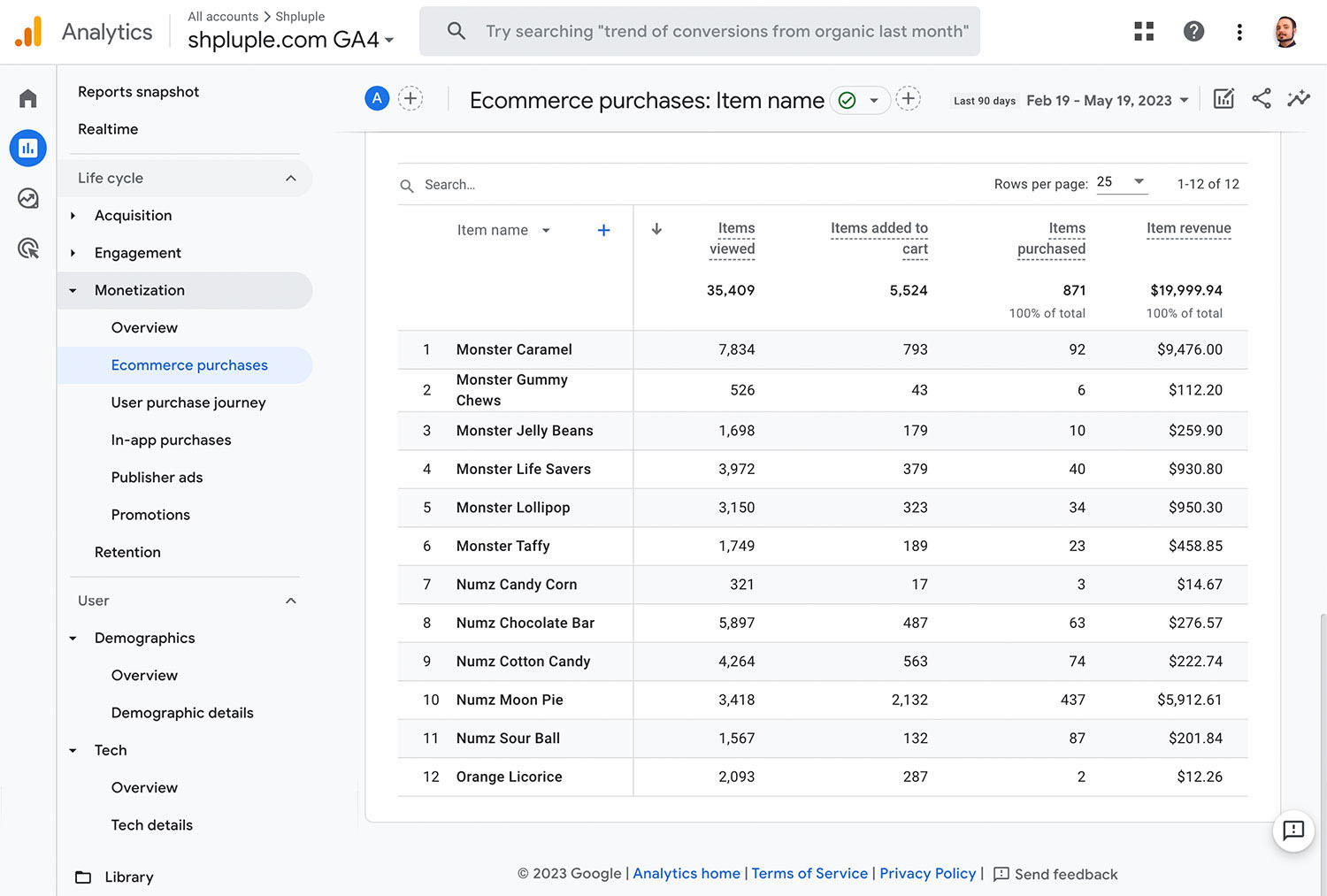 Monitor website traffic and user behavior
Monitor website traffic and user behavior - Hotjar Get heatmaps and user recordings to optimize your site
- Kissmetrics Track customer behavior across their entire journey
Regularly review these metrics to make data-driven decisions about your business.
Funding and Finances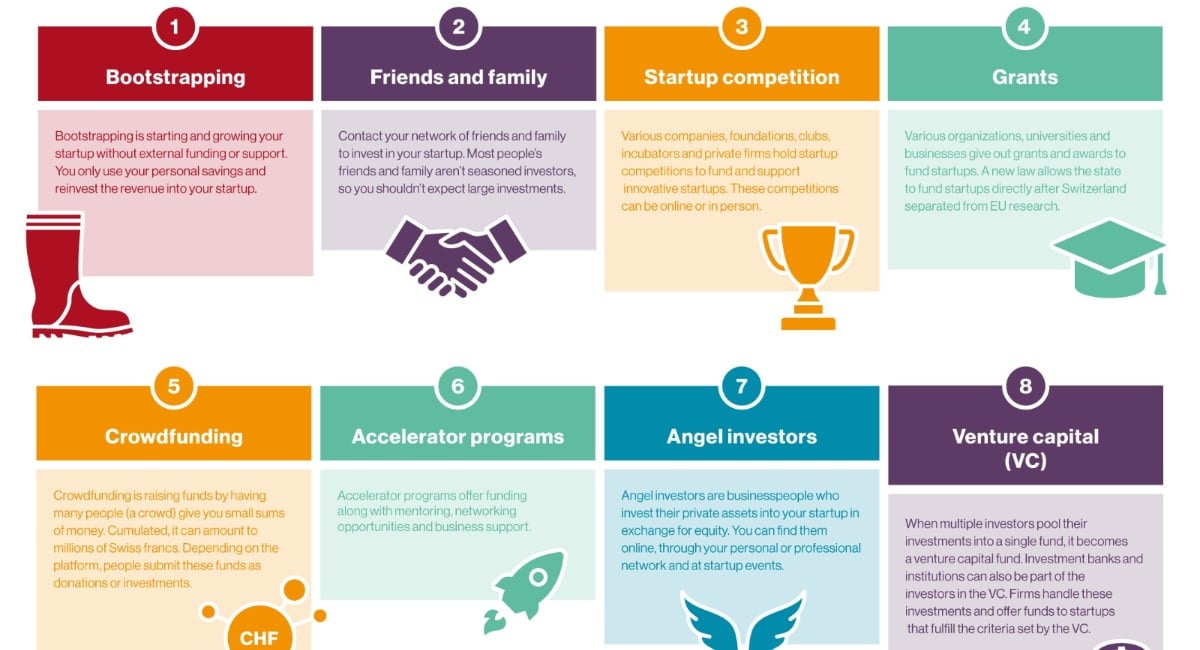
If you need capital to get started, consider these options:
- Bootstrapping
 Self-funding your business
Self-funding your business - Crowdfunding Platforms like Kickstarter or Indiegogo
- Angel Investors Individual investors who provide capital for startups
- Small Business Loans Traditional bank loans or online lenders like Kabbage
Remember, each funding option comes with its own pros and cons. Choose the one that aligns best with your goals and values.
Legal and Compliance
Don’t forget the boring but crucial legal stuff:
- Register your business entity
- Get necessary licenses and permits
- Set up accounting systems
- Ensure website compliance (privacy policy, terms of service)
I learned this the hard way when I had to scramble to get my LLC paperwork in order right before a big partnership deal. Don’t make the same mistake!
Team Building
As you grow, you’ll need help. Consider:
- Freelancers
 Great for project-based work
Great for project-based work - Virtual Assistants Help with administrative tasks
- Full-time Employees When you’re ready to scale
Start building relationships with potential team members early. I found my rockstar graphic designer through a freelance project months before I could bring her on full-time.
Remember, bringing your online business plan to life is a journey. Stay flexible, learn from your mistakes, and keep pushing forward. You’ve got this!
Why You Need an Online Business Plan
Let’s get real - jumping into the online business world without a plan is like trying to navigate the Amazon rainforest with nothing but a sandwich and a positive attitude. Sure, you might stumble onto something cool, but you’re way more likely to end up lost, frustrated, and probably a little hangry. Here’s why crafting a solid online business plan is an absolute must:
Goal Setting and Direction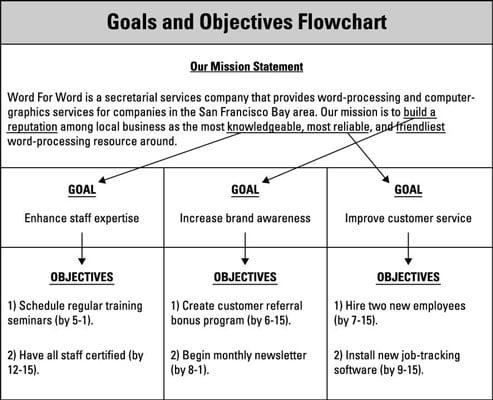
A business plan forces you to get crystal clear on what you’re actually trying to achieve. It’s not just about making money (though that’s nice too). Are you aiming to:
- Hit $100K in revenue your first year?
- Gain 10,000 Instagram followers?
- Launch a game-changing product by Q3?
Writing these goals down makes them real and gives you a roadmap to follow.
Market Validation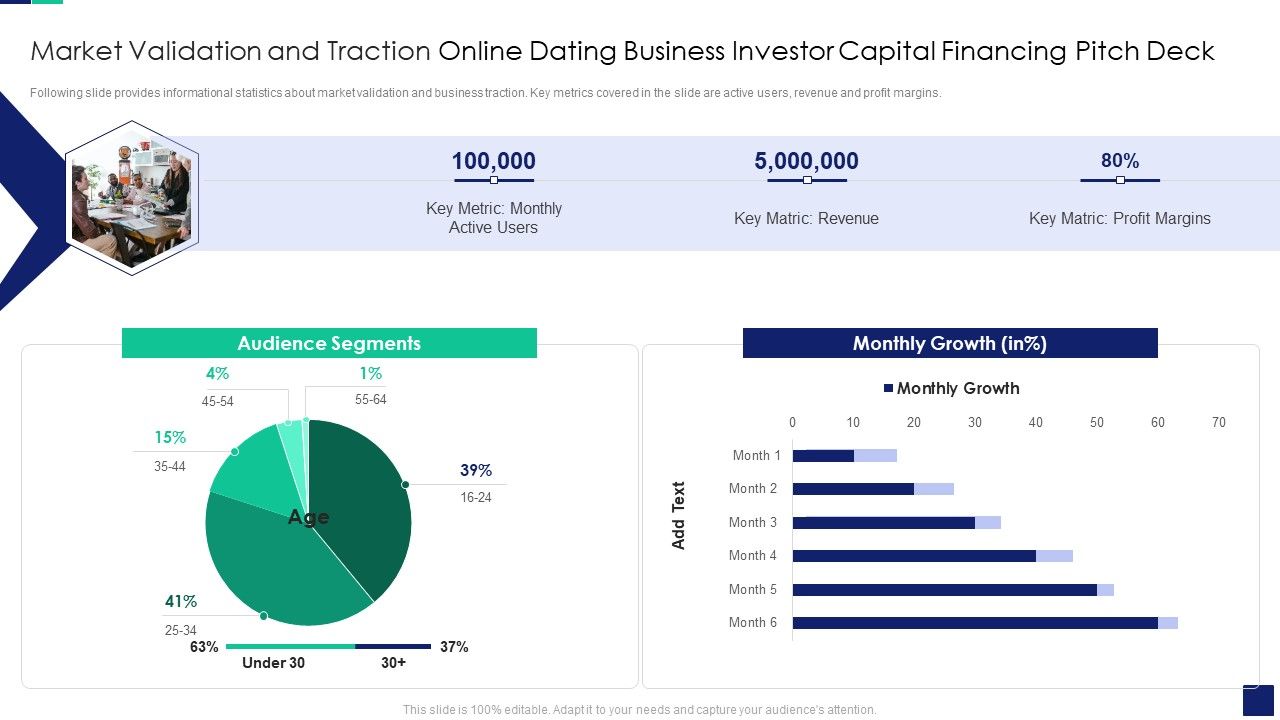
Look, I love enthusiasm, but “if you build it, they will come” only works in Kevin Costner movies. Your business plan pushes you to validate your idea before you sink time and cash into it.
- Who exactly are your customers?
- What problem are you solving for them?
- Are they willing to pay for your solution?
I once spent months developing a “revolutionary” productivity app, only to discover my target market was perfectly happy with their current tools. Major facepalm moment.
Financial Planning
Money makes the world go ‘round, and it definitely keeps your online business afloat. Your plan forces you to crunch the numbers:
- How much startup capital do you need?
- What’s your projected cash flow?
- When will you hit breakeven?
Trust me, it’s way better to discover you need an extra $10K before you’ve maxed out your credit cards.
Competitive Analysis
Unless you’ve invented time travel (in which case, can we talk?), you’re entering a market with existing players. Your business plan pushes you to:
- Identify key competitors
- Analyze their strengths and weaknesses
- Define your unique value proposition
When I launched my eco-friendly cleaning products line, I discovered a major competitor was struggling with shipping times. This insight helped me make lightning-fast delivery a key part of my brand.
Risk Management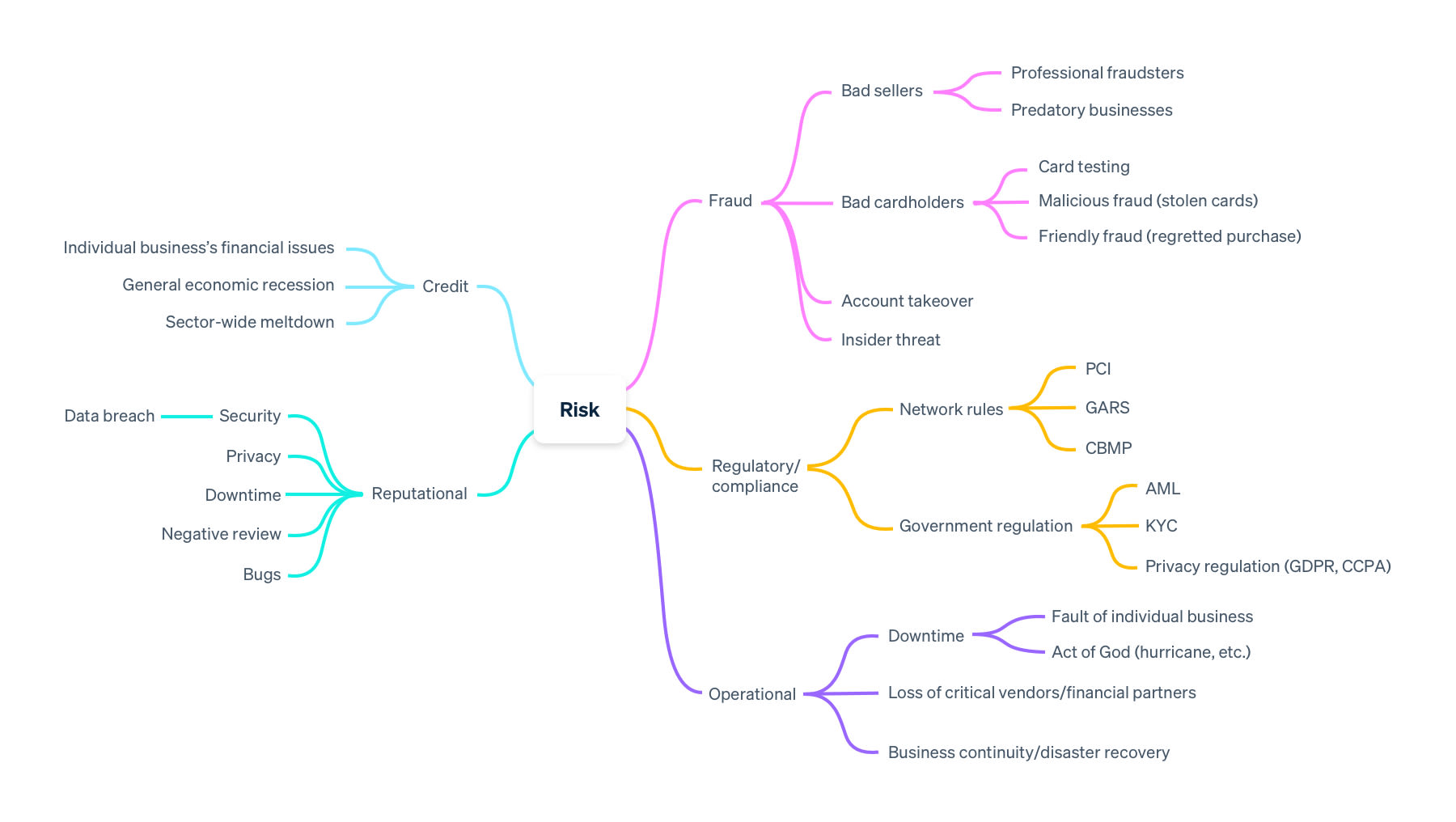
Every business faces risks, but online ventures have their own special flavor:
- Website crashes
- Payment processing issues
- Cybersecurity threats
Your plan should outline potential pitfalls and your strategies for dealing with them. It’s like a fire escape plan for your business - you hope you never need it, but you’ll be glad it’s there.
Marketing Strategy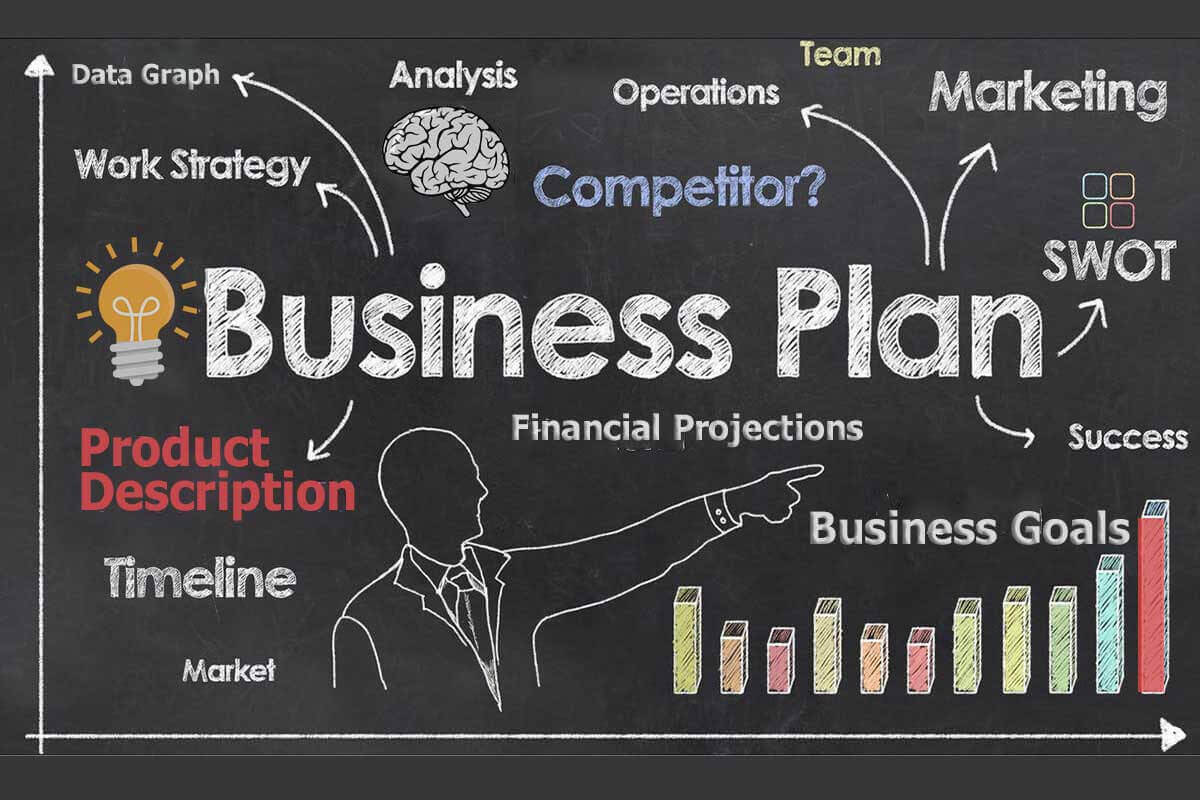
In the vast ocean of the internet, how will customers find you? Your plan should outline your approach to:
Don’t just throw spaghetti at the wall. A solid plan helps you focus your efforts (and budget) on the channels that’ll give you the best bang for your buck.
Securing Funding
Need some cash to get your idea off the ground? A well-crafted business plan is your golden ticket. Whether you’re pitching to:
They all want to see that you’ve thought this through. Your plan shows you’re serious and gives them confidence in your ability to execute.
Remember, your online business plan isn’t set in stone. It’s a living document that should evolve as you learn and grow. But having that initial roadmap? It’s the difference between a smooth journey and a bumpy ride. Now go forth and plan like a boss!
Crafting Your Unique Value Proposition
Your unique value proposition (UVP) is the secret sauce that sets your online business apart from the competition. It’s not just a catchy slogan - it’s the core reason why customers should choose you over everyone else. Let’s dive into how to create a UVP that packs a punch:
Value Proposition Canvas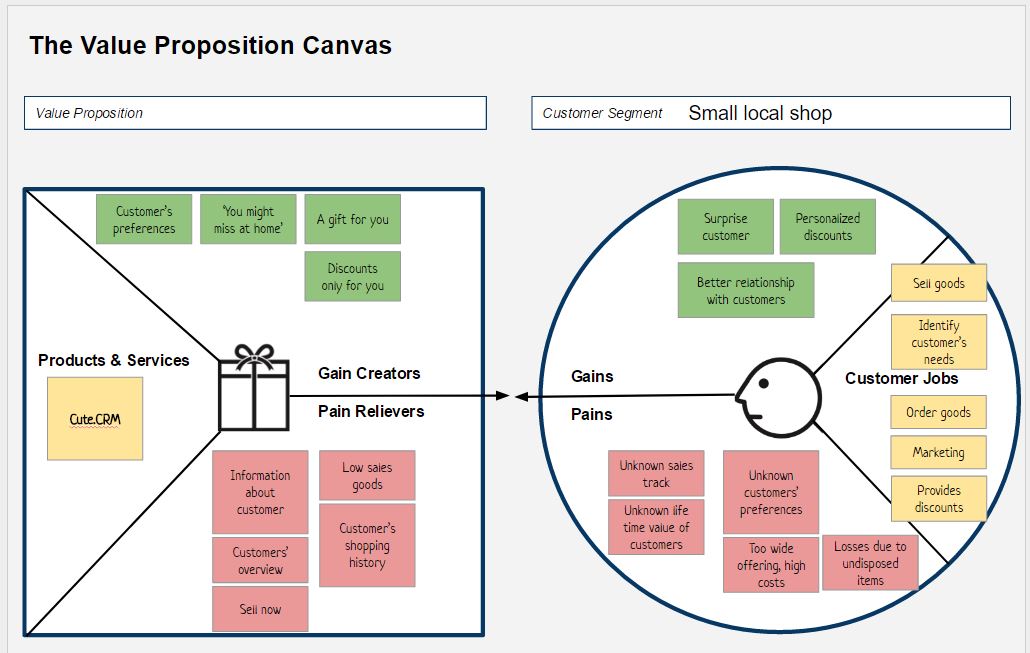
Start by mapping out your UVP using this handy tool. It helps you align your offering with your customers’ needs:
- Customer Jobs: What tasks are they trying to complete?
- Pains: What frustrations do they face?
- Gains: What benefits are they seeking?
- Products & Services: How does your offering address these points?
I used this method when launching my sustainable fashion line. It helped me realize my target customers weren’t just looking for eco-friendly clothes - they wanted guilt-free style that didn’t compromise on trends.
Key Elements of a Strong UVP
- Relevance
 How well does it match customer needs?
How well does it match customer needs? - Specificity What exact benefits can you deliver?
- Differentiation
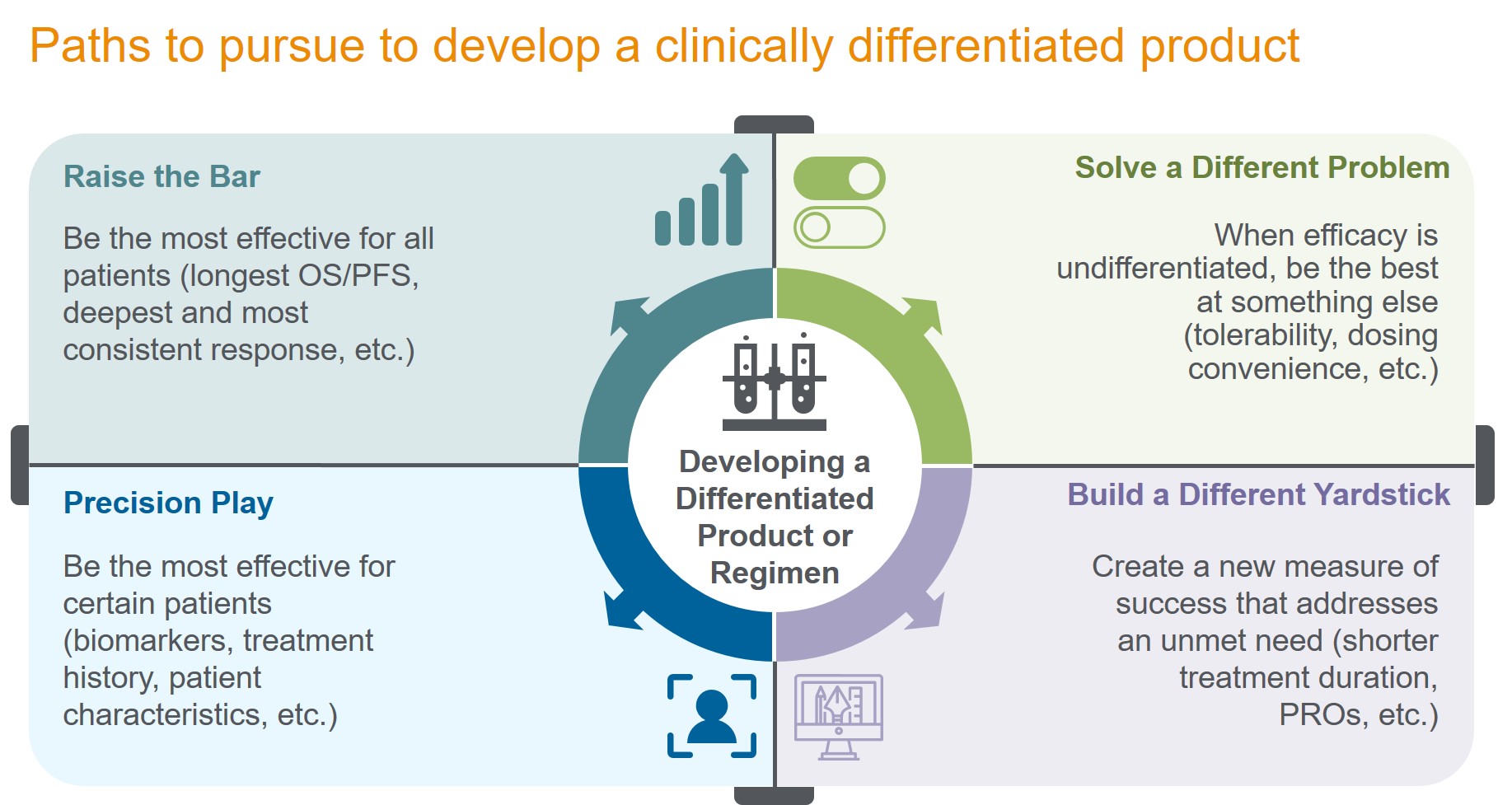 How are you different from competitors?
How are you different from competitors? - Conciseness Can you explain it quickly and clearly?
Real-World UVP Examples
Let’s look at some killer UVPs in action:
- Uber
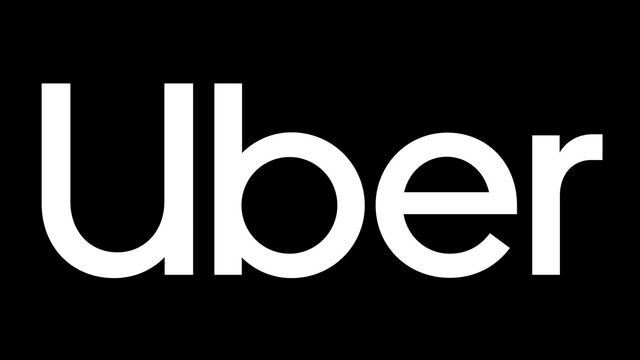 “The smartest way to get around”
“The smartest way to get around” - Airbnb “Belong anywhere”
- Dollar Shave Club “Shave time. Shave money.”
Notice how they’re short, snappy, and instantly communicate value?
Crafting Your UVP
Identify Your Target Audience: Get specific. “Everyone” is not a target market.
Pinpoint Your Key Benefit: What’s the #1 thing you offer? For my vintage-inspired tech accessories brand, it was “Modern functionality with retro charm.”
Highlight Your Differentiator: What makes you unique? Maybe it’s your:
- Proprietary technology
- Unbeatable pricing
- Exceptional customer service
Make it Memorable: Use clear, impactful language. Avoid jargon and buzzwords.
Test and Refine: Get feedback from potential customers. Tweak until it resonates.
Communicating Your UVP
Once you’ve nailed your UVP, shout it from the digital rooftops:
- Website Homepage
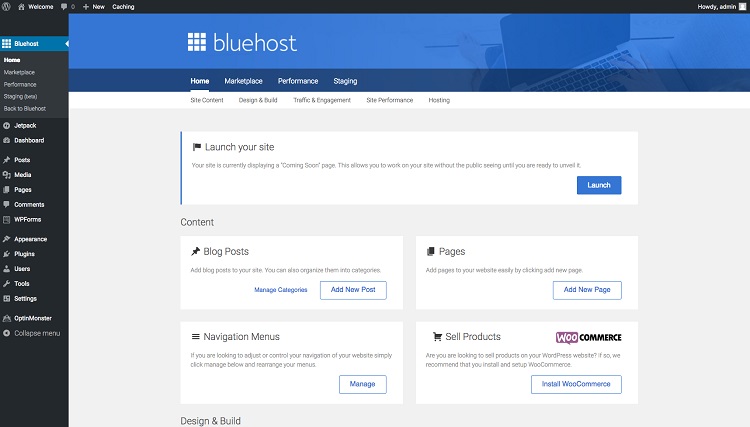 Front and center, above the fold
Front and center, above the fold - Email Signatures A subtle reminder in every interaction
- Social Media Bios Make it your digital calling card
- Product Packaging Reinforce your value at every touchpoint
Remember, your UVP isn’t set in stone. As your business evolves and market conditions change, be ready to revisit and refine it. A dynamic UVP keeps your brand fresh and relevant in the ever-changing online landscape.
